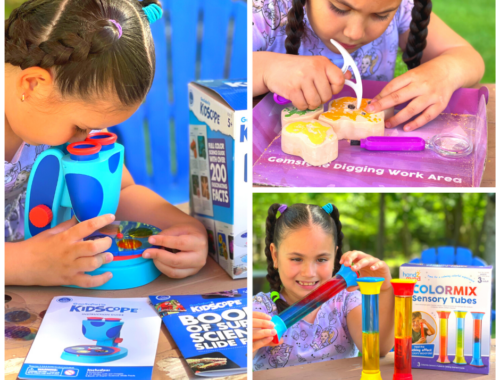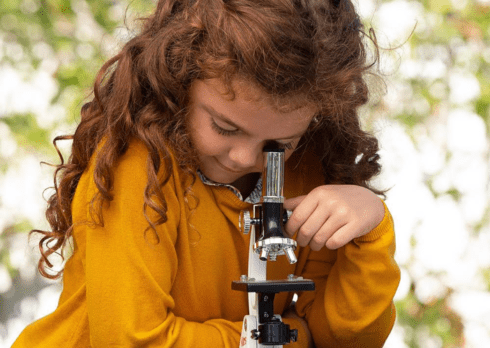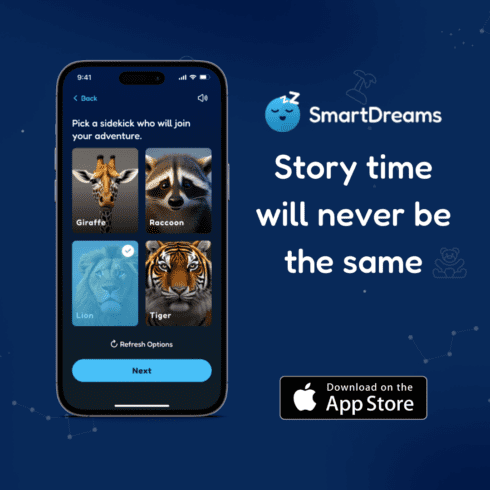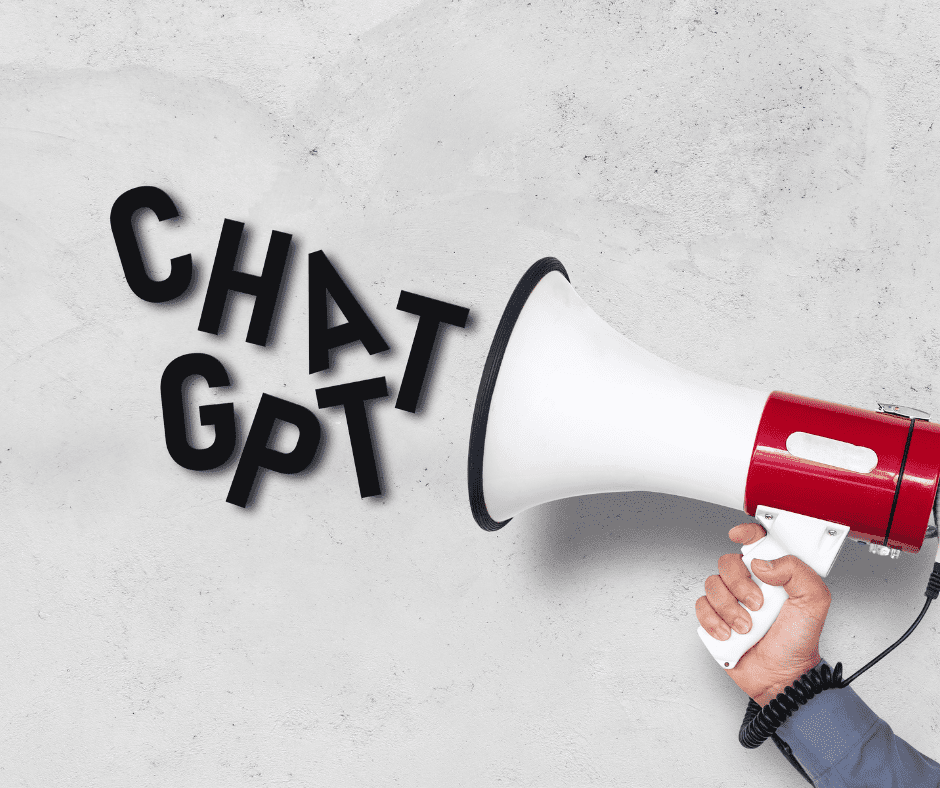
From Language Models to Learning Models: How Generative AI For Kids Can Help Bridge the Education Gap
I recently had the pleasure of chatting with Nick Desai, CEO & Co-founder of SmartDreams. We discussed how generative AI for kids can help bridge the education gap. Read on to learn the ways in which ChatGPT and Generative AI can help bridge the gap in educational equity.
Generative AI is perhaps one of the most transformative technologies to have entered society since the introduction of the internet itself. The emergence of language models like ChatGPT, an example of generative AI, marks a significant turning point in the development of artificially intelligent systems and unleashes unprecedented capabilities for human-machine collaboration and creativity, including in Education.
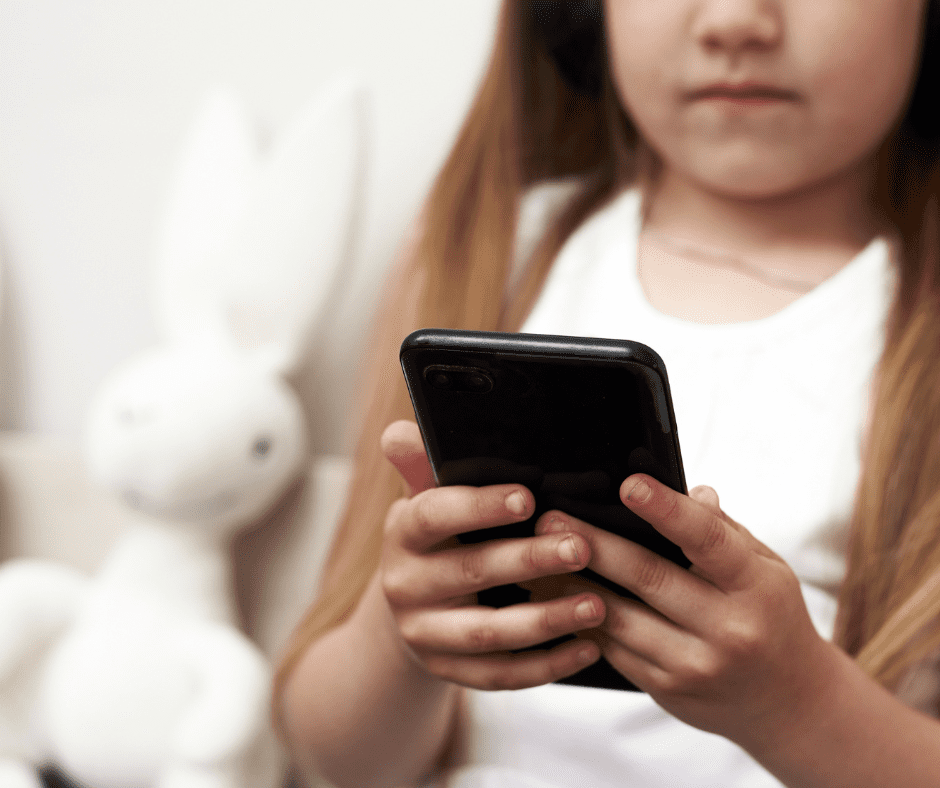
What is ChatGPT/Generative AI?
At its core, generative AI enables software to do two things that have been exclusively done by humans up until this point. The first of which is to learn by reading content to self-expand its knowledge base. The second of which, as the name suggests, is to generate new content. With the right information inputted, generative AI can create compelling and captivating content that is nearly indistinguishable from human communication or writing.
How Can We Use ChatGPT/Generative AI with kids?
It’s no secret that we’re facing somewhat of an education crisis in this country. The education gap between under-resourced areas and higher-income districts are increasing. Kids in lower-income schools don’t have access to the same number of AP classes, can’t afford the expensive tutors to study for the SATs, and lack many of the basic resources to excel in their learning at the same rate as those in well-funded schools—all of which factors into how far students can and will go with their education.
It’s a cycle that repeats itself. NCES reports that around 39% of eighth-grade students are below the proficient reading level. A reported 72% of students whose parents have low literacy skills are likely to also remain at a low reading level. Generative AI could be the way forward to reverse these trends and provide equal access to the tools necessary to succeed in education.
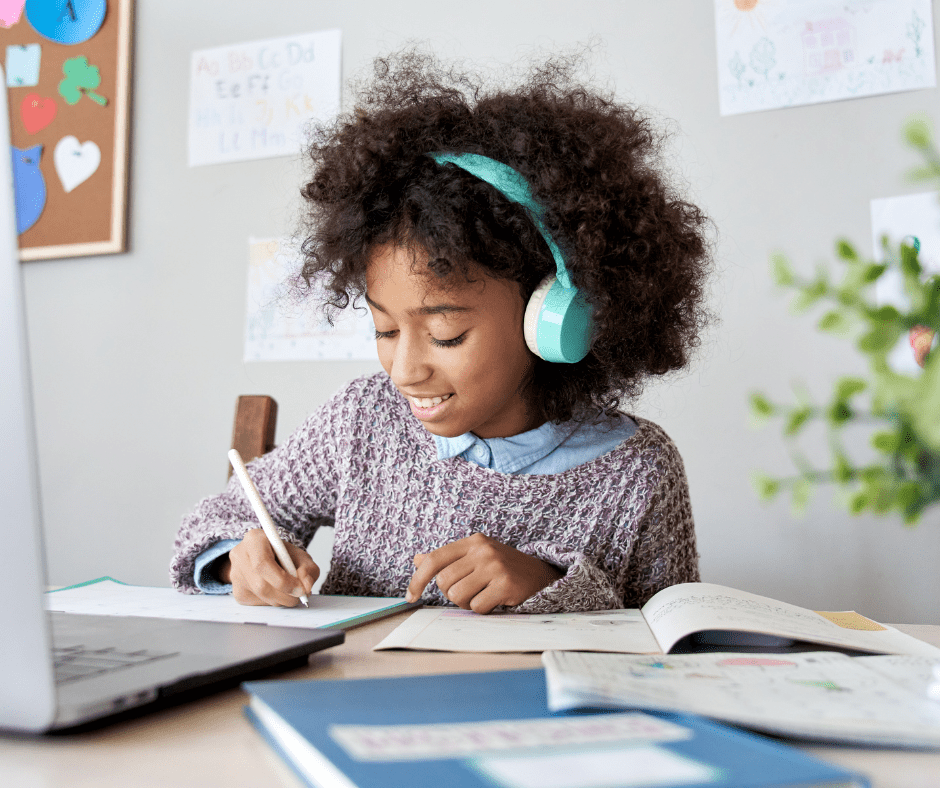
What Are the Pros and Cons of AI for Kids?
With the ability to communicate in a way that is indistinguishable from a real person, while also being able to quickly understand problems and provide actionable guidance, generative AI will be able to create a personalized, interactive learning experience that is tailored to a student’s individual needs and learning style. Add in the fact that it’s a language-based tool, and we can see how generative AI can become a key resource that provides students with an individual tutor they wouldn’t otherwise be able to afford. It would create greater accessibility for any kid with any subject they may struggle with or want to learn more about—at any point in their education and in any language.
In an environment where education is increasingly relying on digital and virtual tools, generative AI is going to even the playing field. For example, when Los Angeles Unified School District (LAUSD), which has a great disparity between lower-income and higher-income families, shut down during the early days of COVID-19, the administration gave every single student access to an iPad to help them keep up with their studies and complete their work. Now imagine if that iPad could also provide access to a generative AI tutor, and the value of that iPad increases immensely.
Like all new technologies, there are also healthy concerns to consider. It’s important to note that these fears crop up with every new technology and advancement that gets introduced to society at large. We had the same concerns surrounding new media technology during the first days of the printing press, when critics thought the printed page would lead to socially isolated readers and “exhaust children’s brains and nervous systems” with information overload.
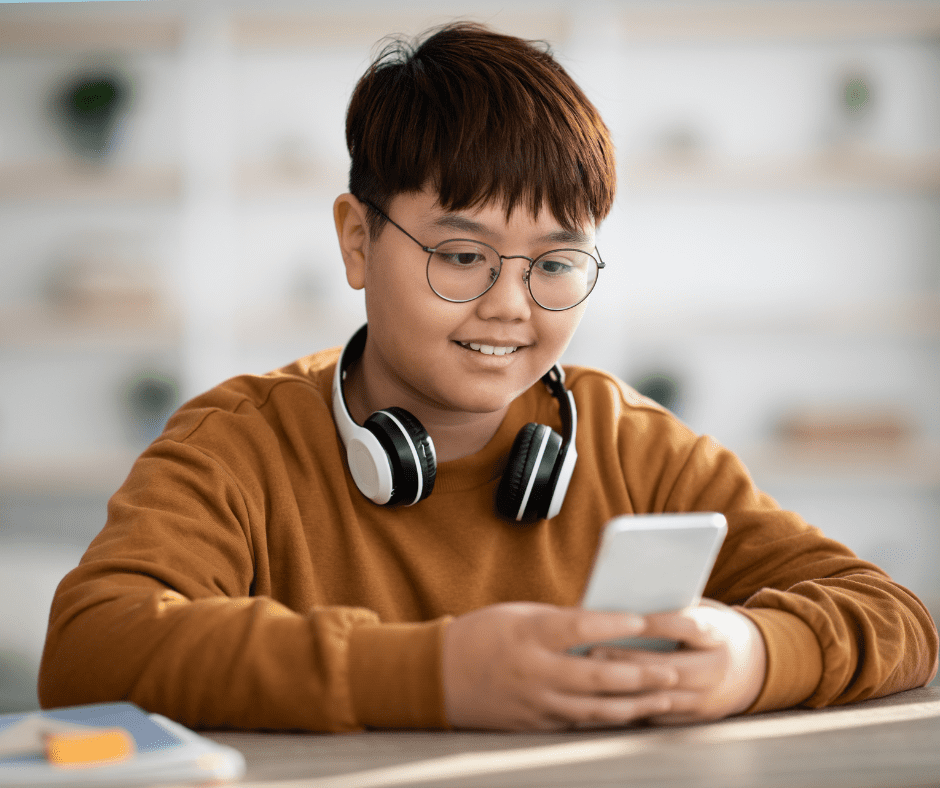
In some cases, new technologies amplify ongoing societal concerns. Social media has taken bullying to a new extreme, but it also offers a child a chance to connect with their peers in a meaningful way. We should look at new technologies as an opportunity to do better when managed appropriately. Of course, we must remain mindful of the ways in which generative AI can be abused (i.e., cheating on homework by having ChatGPT write your paper), but we should also encourage teachers to leverage these tools to reinvent their approach, help students improve their study habits, and minimize the learning curve.
Most importantly, the implementation of these powerful tools prepares today’s students for the world of tomorrow. Generative AI is going to be a part of our day-to-day lives, whether we like it or not. If children don’t learn how to use and respect this technology while they’re young, they will be behind the curve when they inevitably get introduced to it later in life. By taking a human-first, positive approach, generative AI can deliver an incredible benefit that we are just now beginning to understand.
How Does SmartDreams Bring Generative AI for Kids?
What makes this technology so compelling are the endless possibilities it unlocks for the everyday person. Anyone with basic computer skills and a wifi connection can log onto ChatGPT and ask it to produce highly convincing, human-like text from scratch in seconds.
That’s what drew me personally to this technology. As a father of three, I saw a huge opportunity to use the capabilities of generative AI to translate my children’s imagination into text and allow them to effortlessly create their own bedtime stories every night. I thought, “If we can harness the power of these tools for the greater good, why not start with the young, developing minds who stand to benefit from them most?”
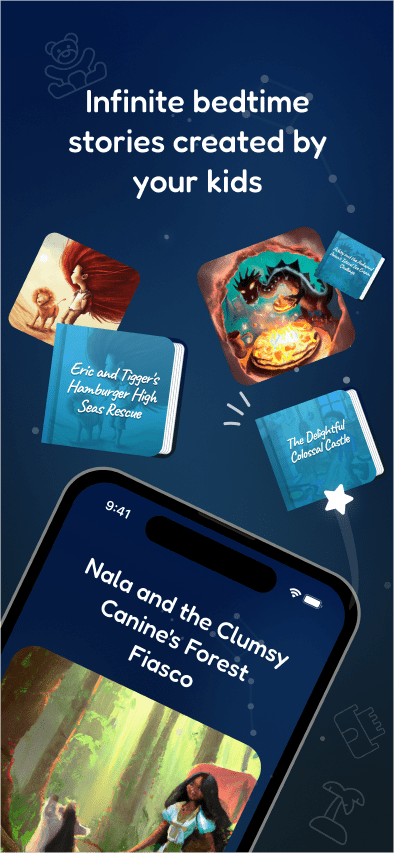
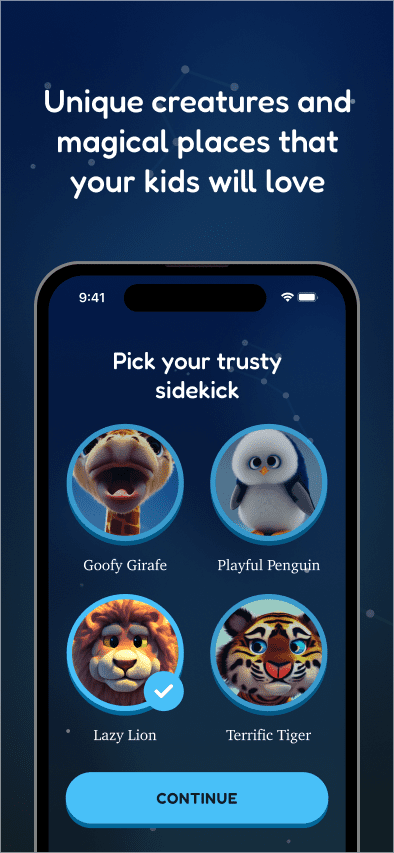
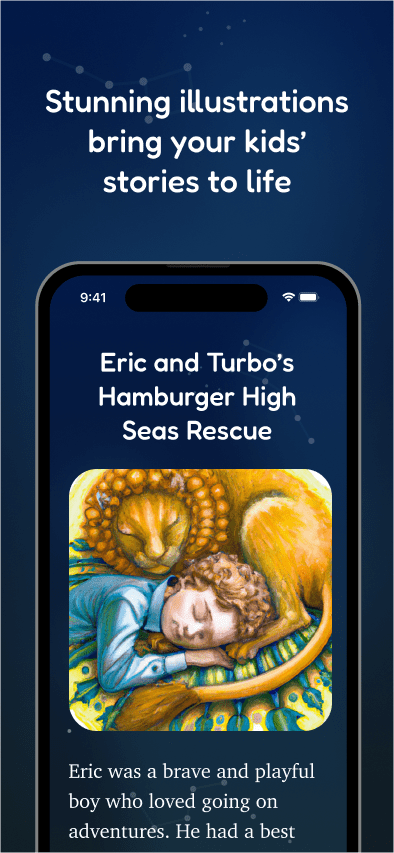
Where Do You See Generative AI in a Few Years?
Though generative AI is a relatively new phenomenon to the public, we’re beginning to see it integrated into so many aspects of our everyday lives. Smart assistants like Siri, Alexa, and Google Assistant use natural language processing and generative AI to understand spoken commands and generate helpful responses. Many companies use chatbots on their websites or social media accounts to answer customer questions or provide support, some of which use generative AI to produce responses that are tailored to the specific needs of each user. Some companies are even starting to use generative AI to publish longer-form content, such as news articles and product descriptions, without the need for human writers.
But this is just the tip of the iceberg. If we look at what ChatGPT can accomplish today and the pace at which companies are progressing their generative AI use cases, it won’t be long before all of us are regularly tapping into this technology. Anyone who can speak and read will be able to interact with these tools — perhaps most beneficially, students and educators.

Thanks to Nick Desai, CEO & Co-Founder of SmartDreams for sharing his thoughts on the subject of ChatGPT and Generative AI for kids. The SmartDreams app recently launched and is now officially available on Apple’s App Store. Download it today and use it with your kids to help them create and illustrate their very own bedtime stories through the magic of generative AI. It’s one of our favorite apps for kids!
Pin this article about ChatGPT for kids so you can share it with others!
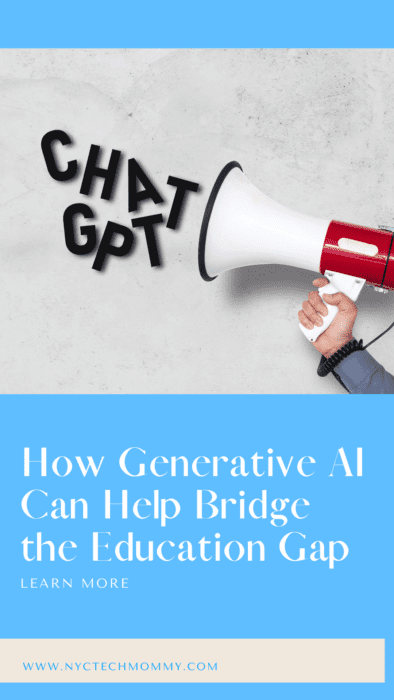
You May Also Like
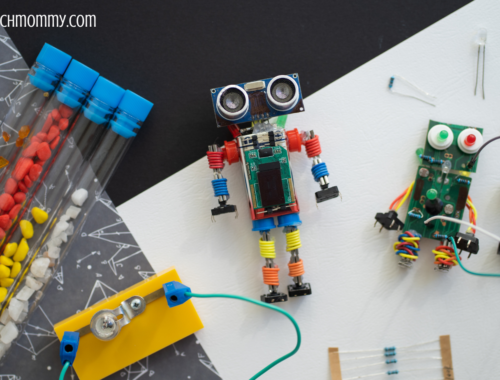
5 Easy Ways to Celebrate STEM Day with Kids
November 7, 2023
3 Ways to Learn with Minecraft During Home Quarantine
March 31, 2020